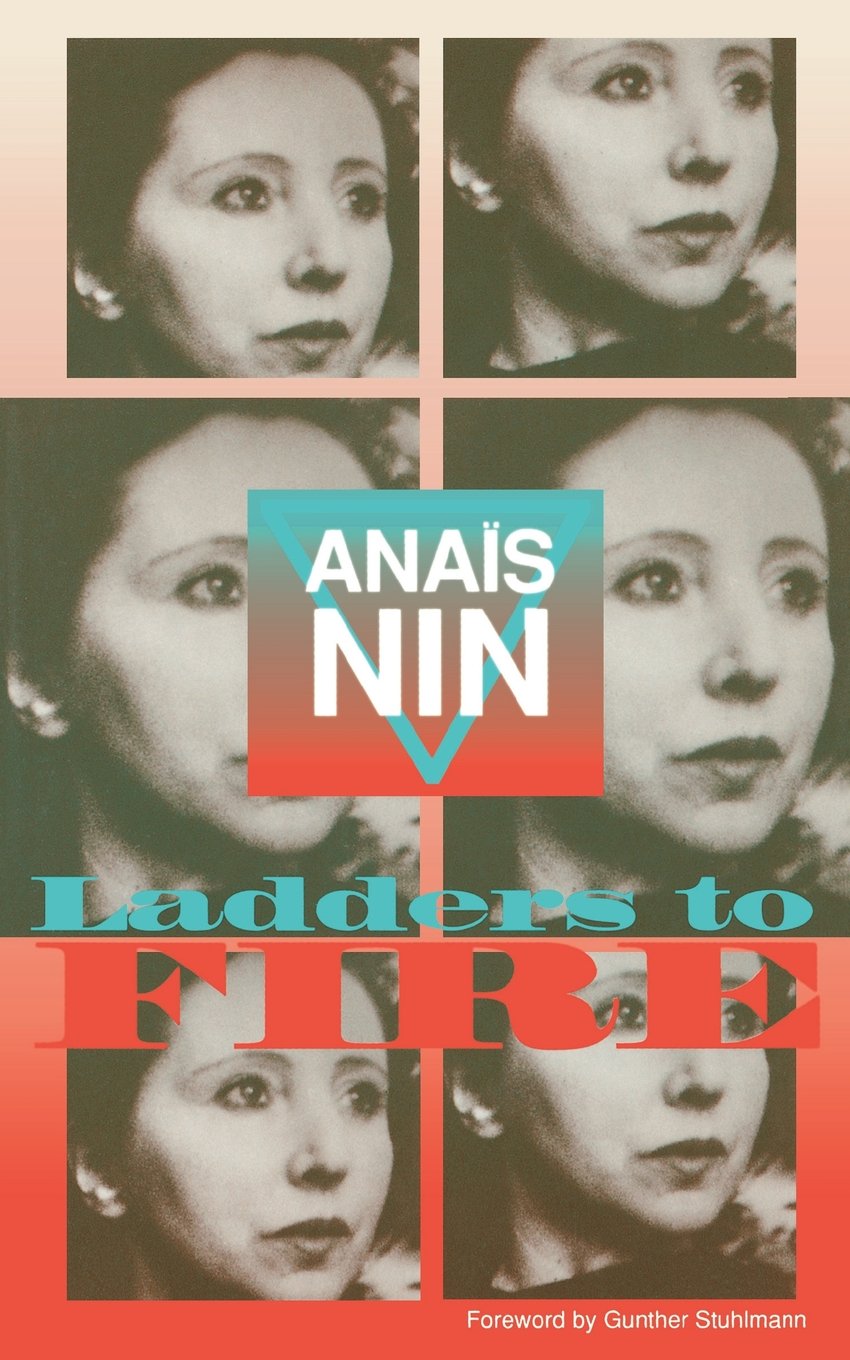What do you think?
Rate this book


152 pages, Paperback
First published January 1, 1946

“There was in both of them the dark strain of wanting to become the other, to deny what they were, to transcend their actual selves.”
“Now they danced mockingly, defiantly, as if they were sliding beyond the reach of man’s hands, running like sand…. They scoffed at those eyes which brimmed with knowledge for they knew the ecstasy of mystery and fog, fire and orange fumes of a world they had seen through a slit in the dream…”
“She merely turned her face away: she was too richly nourished with pollen, seeds and sap to wither before any man…”